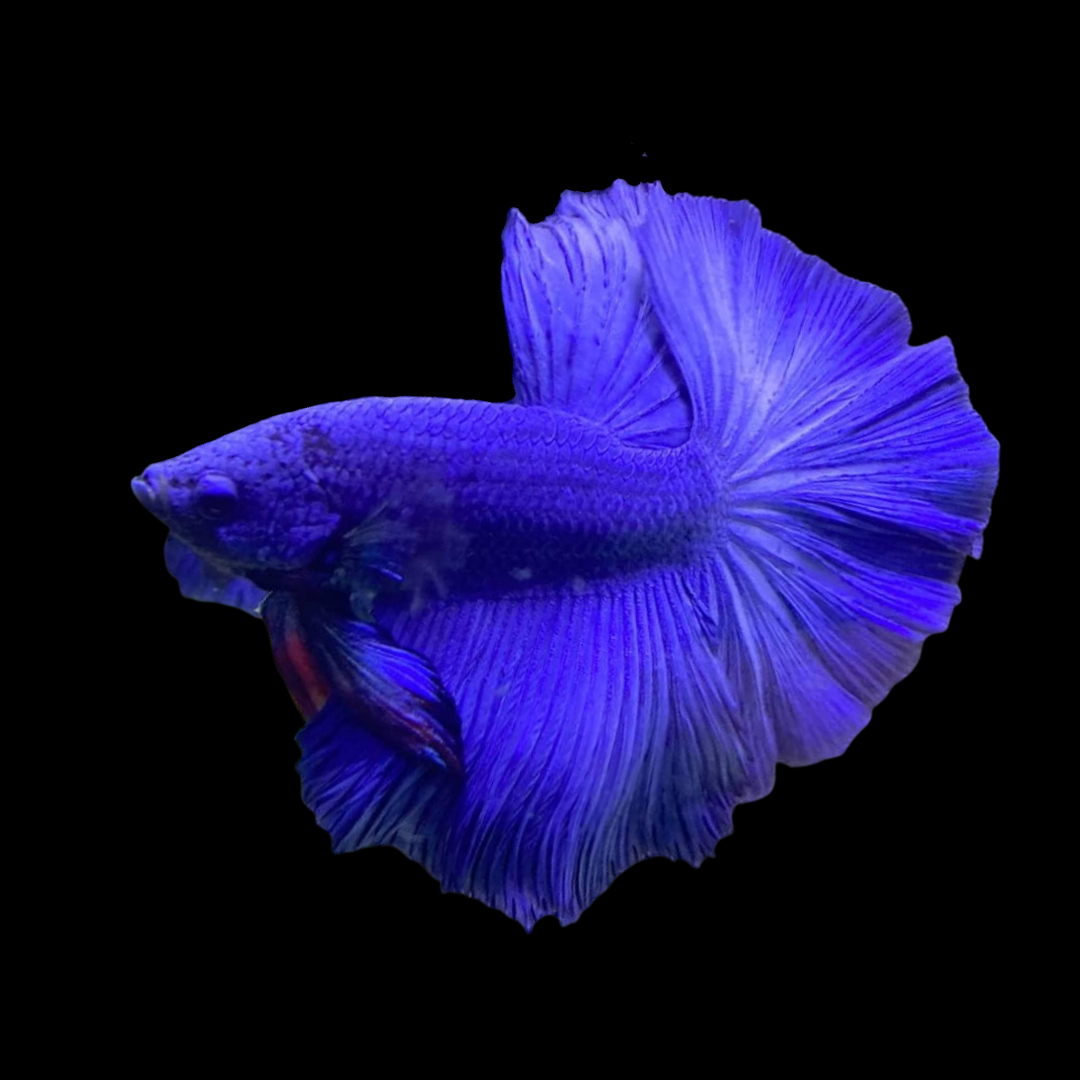Exactly how to Select the Right Betta Fish for Your Aquarium
Wiki Article
Just How to Reproduce Betta Fish Successfully: Specialist Strategies and Insights for Hobbyists Aiming To Broaden Their Betta Collection
Breeding Betta fish calls for a nuanced understanding of genetics and ecological conditions, making it crucial for hobbyists to come close to the process with both diligence and care. Developing an optimum reproduction environment, picking the ideal pairs, and observing the complexities of their courtship actions are foundational steps that can substantially influence the result.Comprehending Betta Fish Genetics
Understanding the genetics of Betta fish is vital for effective reproduction, as it affects qualities such as shade, fin form, and habits. Betta fish exhibit a varied range of shades and patterns, mainly determined by their genetic make-up. The key genes accountable for coloration include the "B" gene for blue, "D" gene for red, and the "C" genetics for shade strength. Breeders can control these characteristics by choosing certain moms and dad fish that exhibit preferred characteristics.In enhancement to pigmentation, fin morphology is an additional substantial aspect of Betta genetics (betta fish). The shape and dimension of fins are affected by various genes, including those that determine whether the fins are brief, long, or veil-shaped. Comprehending these genetic variants assists dog breeders forecast the phenotypic results of their offspring
Furthermore, behavior attributes such as aggression and territoriality can also be affected by genes. These actions play an essential duty in the breeding procedure, as they can affect spawning success and the total personality of the resulting fry. By thoroughly comprehending these genetic concepts, dog breeders can make educated choices, eventually improving their reproduction programs and accomplishing desirable results.
Preparing the Breeding Setting
Creating an ideal reproduction setting is crucial for the effective recreation of Betta fish. The first action in preparing this environment is to choose an appropriate reproduction tank, ideally varying from 5 to 10 gallons.Following, consider using a sponge filter or an air rock to offer gentle water blood circulation without producing solid currents that can stress the fish. It is necessary to mount plants or breeding cones to supply hiding places and advertise comfort for the woman throughout the spawning procedure. Drifting plants, such as Java moss or water sprite, can likewise create a more all-natural environment while helping with bubble nest building by the man.
Prior to presenting the reproducing pairs, make certain the water is conditioned and without damaging chemicals, such as chlorine or hefty steels. betta fish. Regular water modifications ought to be performed to maintain ideal water top quality, improving the opportunities of successful breeding. With these prep work in position, the reproducing setting will sustain the health and wellness and well-being of both Betta fish
Choosing Breeding Pairs
Selecting the best breeding sets is important for accomplishing successful Betta fish reproduction. Healthy Betta fish see this site show vibrant shades, clear eyes, and energetic habits.Character is another essential factor to consider, as Betta fish are recognized for their aggressive nature. It is suggested to choose a male and lady that show suitable characters to reduce tension during the reproducing process. A calm man can motivate a smoother courtship, while a woman that is as well aggressive might disrupt the procedure.
Genetic background additionally plays a considerable duty in the top quality of the spawn. Reproducing fish that are genetically diverse can minimize the danger of hereditary health and wellness concerns and boost the general vigor of the fry. It is helpful to look into the lineage of both the man and lady, concentrating on desirable characteristics such as fin type, color scheme, and dimension.
The Breeding Refine
The breeding process of Betta fish needs careful planning and attention to detail to ensure an effective outcome. It is important to prepare a suitable breeding tank, ideally a 5-10 gallon aquarium with a temperature preserved at 78-80 ° F. The storage tank must be furnished with a heating unit, filter (preferably sponge kind to avoid solid currents), and lots of marine plants for the woman to conceal.Once the setting is set, introduce the selected breeding set to helpful site the container, allowing them to accustom. Observe their habits; the man will certainly display sophisticated courtship rituals, including flaring his fins and developing a bubble nest. If the woman shows rate of interest, she will certainly show upright stripes indicating preparedness for spawning.
When the woman is responsive, the set will certainly participate in a mating accept, throughout which the male fertilizes the eggs. It is critical to monitor their communications carefully, as the male may come to be aggressive. After spawning, remove the lady to avoid prospective harm. The male will certainly have a tendency to the eggs, which generally hatch within 24-36 hours. Keeping ideal water conditions throughout this duration is important for the development of healthy Betta fry.
Caring for Betta Fry

Feeding Betta fry is critical, as they call for a diet regimen high in healthy protein. They can be fed infusoria or liquid fry food, transitioning to carefully smashed top notch pellets as they expand. Feed tiny portions several times a day to urge healthy growth without overwhelming the storage tank with uneaten food.

As they grow, monitor their development carefully and divide any aggressive people to stop harm. By supplying a supporting setting and proper nutrition, hobbyists can successfully raise Betta fry into dynamic, healthy fish, inevitably improving their breeding ventures.
Conclusion
Successful Betta fish breeding needs careful focus to hereditary selection, environmental conditions, and care for the fry. By comprehending the genes of Betta fish and preparing a proper reproduction setting, enthusiasts can boost the chances of producing dynamic, healthy children.Report this wiki page